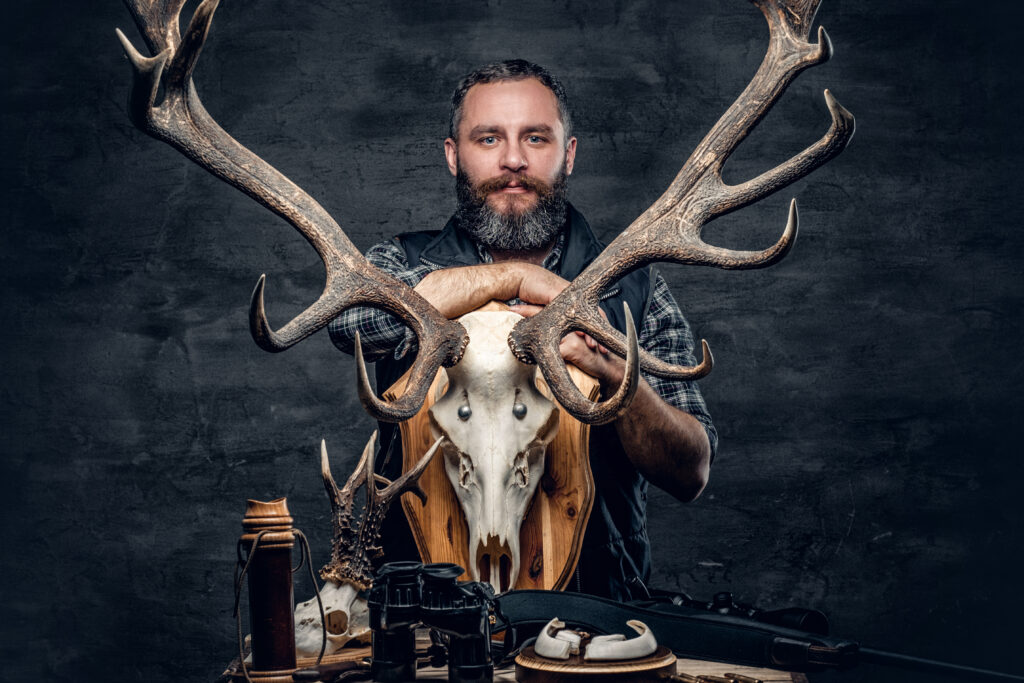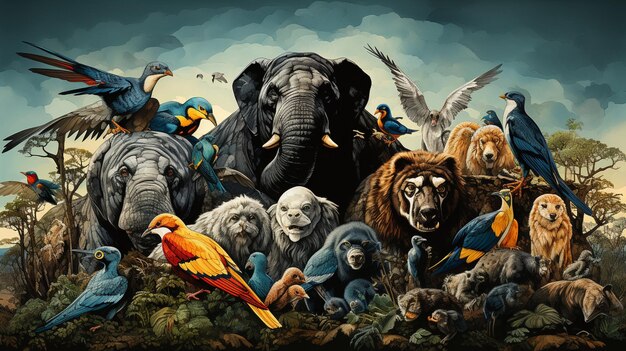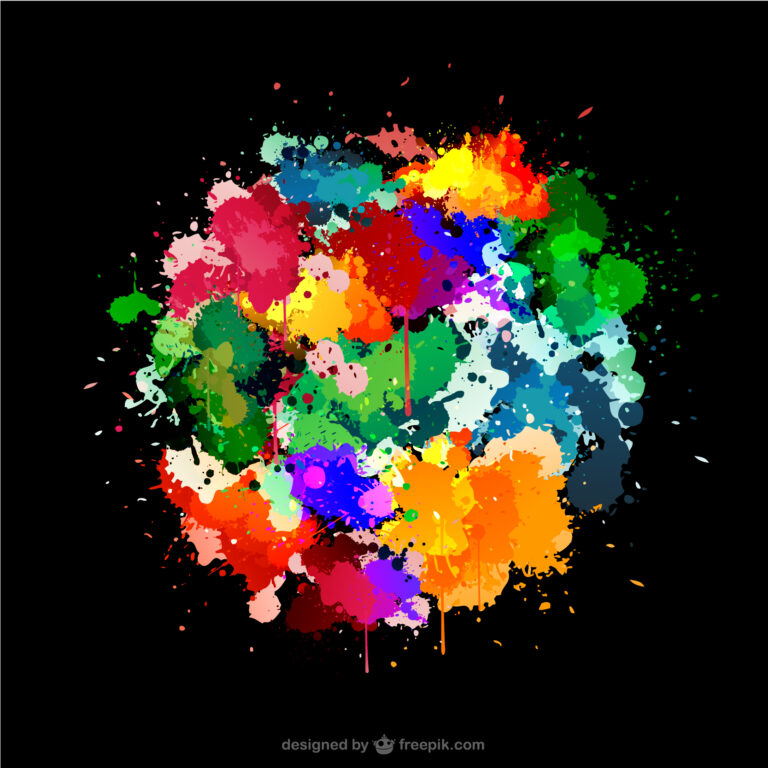Discovering Ancient Norse Artwork: Viking Creativity Uncovered
Ancient Norse artwork is a fascinating window into the lives of the Vikings. This artwork was created by Norsemen during the Viking Age and can be found on metal, stone, wood, and more. By looking at ancient Norse artwork, we can see how they mixed styles from other cultures and created something truly unique.
The Vikings used their art to tell stories, show their beliefs, and decorate their everyday items. From beautiful carvings on wood to intricate designs on jewelry, ancient Norse artwork helps us understand their history, culture, and values. Let’s explore more about how the Vikings expressed themselves through their art!
What is Ancient Norse Artwork? A Simple Explanation
Ancient Norse artwork is the creative expression of the Vikings, a group of Scandinavian people who lived during the Viking Age, from the 8th to 11th centuries. They created amazing designs using various materials like wood, metal, and stone. Their artwork wasn’t just for decoration; it often told stories or represented important beliefs.
The Vikings used patterns like animals, twisting lines, and mythical creatures. These designs are often found on everyday objects like jewelry, weapons, and even ships. Each piece of ancient Norse artwork has its own story and gives us clues about how the Vikings lived.
Although many items were lost over time, archaeologists have uncovered some beautiful examples of Viking art. These discoveries help us understand the skills and creativity of the Vikings. They weren’t just warriors; they were artists too!
The Origins of Ancient Norse Artwork: Viking Creativity
Viking creativity was inspired by the world around them, especially nature and animals. Ancient Norse artwork shows how Vikings mixed their own traditions with influences from other cultures they traded or fought with. They took ideas from the Celts, Romans, and other European groups, blending them into their own unique style.
Many pieces of Viking art were made to honor their gods and myths. The Vikings believed in gods like Odin, Thor, and Freyja, and these gods often appeared in their artwork. By creating these images, the Vikings connected their art to their spiritual beliefs.
Over time, the style of ancient Norse artwork evolved, but it kept its core elements of twisting lines and animal designs. From the early days of the Viking Age to the end, their artwork remained a key part of their culture.

How Vikings Used Ancient Norse Artwork in Everyday Life
Ancient Norse artwork wasn’t just found in museums; it was part of daily Viking life. Vikings decorated their homes, tools, and even clothing with intricate designs. Items like cups, combs, and belts often had beautiful carvings that showed off their artistic skills.
Vikings loved to wear jewelry, and many pieces were decorated with patterns seen in ancient Norse artwork. Both men and women wore rings, brooches, and necklaces with detailed designs. For the Vikings, wearing these items wasn’t just for fashion—it was a way to express their identity and status.
Their ships, especially longships, also featured stunning carvings. These ships, used for both trading and raiding, often had dragon heads or animal figures on the prow. These carvings not only showed their love for art but also aimed to scare their enemies.
Materials Used in Ancient Norse Artwork: From Wood to Metal
The Vikings used different materials to create ancient Norse artwork, depending on what was available to them. Wood was the most common material because it was easy to carve and widely available. Many wooden objects were beautifully decorated, from household items to large pieces like ships.
Metalwork was another important part of Ancient Norse Artwork. The Vikings were skilled in crafting silver and bronze items, often decorating their jewelry and weapons with fine details. Some of these metal pieces, like brooches and sword hilts, have survived to this day, showing us just how talented they were.
Stone carving also became popular, especially for memorial stones and monuments. Viking rune stones are famous examples, where messages were carved into the stone and decorated with symbols or animal figures. These stones help us understand more about Viking life and art.
The Influence of Other Cultures on Ancient Norse Artwork
The Vikings didn’t live in isolation. Through their travels and raids, they encountered many other cultures, and this had a big impact on ancient Norse artwork. They borrowed ideas from the Celts, Romans, and Eastern Europeans, blending them with their own styles to create something new.
Celtic knots and swirling designs are commonly seen in ancient Norse artwork. These designs often appeared on Viking jewelry and weapons. The Vikings admired these patterns and adapted them into their own unique style, adding animal shapes and mythical creatures.
As the Vikings expanded their territories, their artwork also changed. New materials, techniques, and ideas spread across the regions where they settled. This mix of influences helped ancient Norse artwork grow into the beautiful and complex style we recognize today.
Viking Jewelry: A Sparkling Example of Ancient Norse Artwork
Viking jewelry is a perfect example of ancient Norse artwork. Both men and women loved to wear jewelry, and each piece was carefully crafted with beautiful designs. Viking jewelry often featured patterns of animals, twisting lines, and symbols from their mythology.
Women wore brooches to fasten their dresses, while men often wore rings and arm bands. These items weren’t just for decoration; they also showed a person’s wealth and status. The more detailed and elaborate the jewelry, the more important the person was in Viking society.
Jewelry was usually made from silver or bronze, but some pieces were made from gold for the wealthiest Vikings. These stunning pieces of ancient Norse artwork continue to inspire modern designers today.

Ancient Norse Artwork in Stone: Famous Carvings You Should Know
Some of the best examples of ancient Norse artwork can be found on stone carvings. The Vikings used stone to create memorials, monuments, and rune stones, which were large slabs of stone carved with writing and images. These stones were often placed to remember important events or people.
One famous stone is the Jelling Stone in Denmark. It is covered with carvings of animals and Viking symbols, showing the influence of both Viking mythology and Christianity. The Jelling Stone is considered one of the most important pieces of ancient Norse artwork.
Many rune stones were decorated with patterns and images of animals, gods, and heroes. These carvings give us a glimpse into Viking beliefs and the stories they told through their art.
How Ancient Norse Artwork Shows Viking Beliefs and Myths
Viking art was closely linked to their beliefs and myths. Ancient Norse artwork often featured scenes from their mythology, including gods like Thor and Odin. These images were carved onto weapons, jewelry, and even ships, showing the deep connection between art and religion in Viking life.
Many of the animals seen in ancient Norse artwork had special meanings. For example, dragons and serpents often represented power or protection. These creatures appeared on many Viking objects, from brooches to the prows of their ships.
By looking at ancient Norse artwork, we can learn more about how the Vikings saw the world. Their art wasn’t just for decoration; it was a way to honor their gods and tell stories of their heroic adventures.
Exploring Viking Ships and Ancient Norse Artwork Together
Viking ships were more than just a way to travel; they were also works of art. Ancient Norse artwork is often found on these ships, especially in the form of carved figureheads. These carvings were placed at the front of the ship, usually depicting animals like dragons or serpents.
The longships used by Vikings were fast, sleek, and beautifully decorated. The artwork on these ships was meant to show strength and intimidate their enemies. Some of the most famous examples of ancient Norse artwork can be found on ships like the Oseberg Ship, which was richly decorated with carvings.
In addition to the carvings, Viking ships also featured intricate designs on smaller objects like tools and weapons. These designs helped make every part of Viking life artistic and meaningful.
The Role of Animals in Ancient Norse Artwork Designs
Animals played a huge role in ancient Norse artwork. Vikings loved to decorate their objects with animal designs, often using creatures like wolves, birds, and serpents. These animals weren’t just decoration; they held symbolic meanings in Viking culture.
Many of the animals in ancient Norse artwork were connected to Viking myths. For example, the wolf was often linked to the god Odin, while the raven was seen as a sign of war and death. These animals represented the strength and bravery of the Vikings.
By including animals in their art, the Vikings showed their respect for the natural world. Animal patterns and designs can be found on everything from jewelry to weapons, making them an important part of Viking art.
How Archaeologists Discover Ancient Norse Artwork Today
Today, archaeologists are still uncovering new examples of ancient Norse artwork. Many Viking items were buried with their owners in graves, and these discoveries give us a better understanding of Viking life and art. Every new find adds to the growing collection of ancient Norse artwork.
Some of the most famous discoveries include the Oseberg Ship and the treasures found in Viking hoards. These items were buried for safekeeping, and their discovery has helped historians learn more about how the Vikings lived and expressed themselves through art.
Archaeologists continue to find new examples of ancient Norse artwork through excavations and metal detecting. As more items are uncovered, we get a clearer picture of Viking creativity.
Why Ancient Norse Artwork Still Inspires Artists Today
Ancient Norse artwork is still a source of inspiration for many modern artists. The intricate patterns and bold designs of Viking art have influenced everything from jewelry to tattoos. Artists are drawn to the beauty and mystery of ancient Norse artwork, keeping the tradition alive in new ways.
Modern designers often use Viking patterns in their creations, especially in jewelry and fashion. The unique style of ancient Norse artwork, with its twisting lines and animal figures, remains popular and continues to inspire people around the world.
The legacy of ancient Norse artwork is strong. Its influence can be seen in many forms of art today, proving that Viking creativity continues to inspire new generations.
Conclusion
Ancient Norse artwork is more than just beautiful designs; it tells the story of the Vikings and their way of life. From jewelry to ships, their art shows how creative and skilled they were. The patterns, animals, and symbols in their artwork help us understand what was important to them, like their gods and myths. It’s amazing how much we can learn from these old pieces of art!
Even today, ancient Norse artwork inspires people around the world. Many artists and designers still look to Viking patterns and symbols for ideas in their work. The legacy of the Vikings lives on through their incredible art, showing us that creativity can last for centuries!
FAQs
What is ancient Norse artwork?
Ancient Norse artwork refers to the art created by the Vikings and Norse people during the Viking Age (8th to 11th centuries). This art includes carvings, metalwork, jewelry, and decorative designs that often feature animals, patterns, and symbols from Norse mythology.
What materials did the Vikings use in their artwork?
The Vikings used materials like wood, metal, stone, and ivory for their artwork. They carved beautiful designs into everyday objects like ships, weapons, jewelry, and even household items. While wood was commonly used, it is often lost over time, so metal and stone pieces have survived better.
Why are animals often seen in ancient Norse artwork?
Animals were important symbols in Norse culture, representing strength, power, and the natural world. Many ancient Norse artwork pieces show animals like wolves, snakes, birds, and dragons, which are also connected to Norse mythology and their gods.
Where can I see ancient Norse artwork today?
You can find ancient Norse artwork in museums, especially in Scandinavia, the British Isles, and Iceland. Some famous pieces, like the Oseberg ship carvings, are on display in Norwegian museums. Artifacts have also been discovered in archaeological digs and treasure hoards across Europe.
How did ancient Norse artwork influence modern designs?
Ancient Norse artwork continues to inspire modern art and design. Many artists use Viking symbols, patterns, and animal designs in jewelry, tattoos, and clothing. The distinct style of Norse art, with its detailed carvings and intricate patterns, remains popular today.








Thanks for your helpful post. In recent times, I have come to understand that the particular symptoms of mesothelioma are caused by the actual build up connected fluid between the lining in the lung and the upper body cavity. The ailment may start within the chest location and get distributed to other areas of the body. Other symptoms of pleural mesothelioma include weight loss, severe respiration trouble, a fever, difficulty eating, and bloating of the neck and face areas. It should be noted that some people living with the disease do not experience any serious signs or symptoms at all.